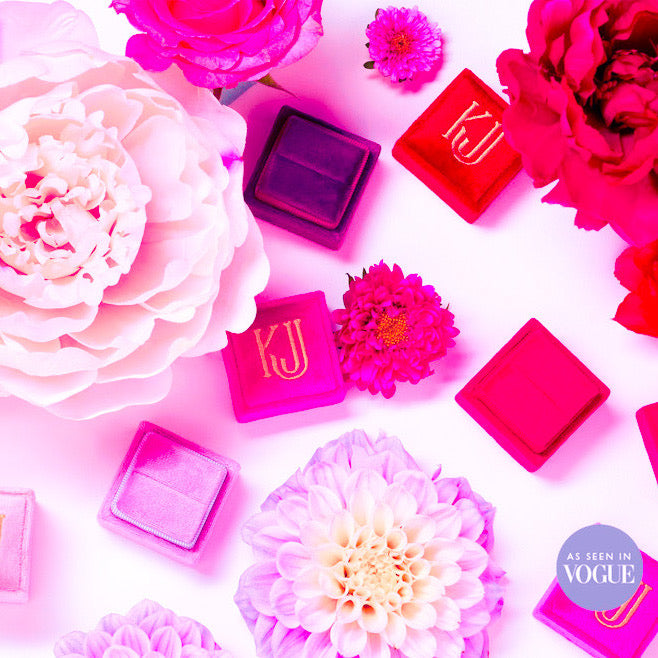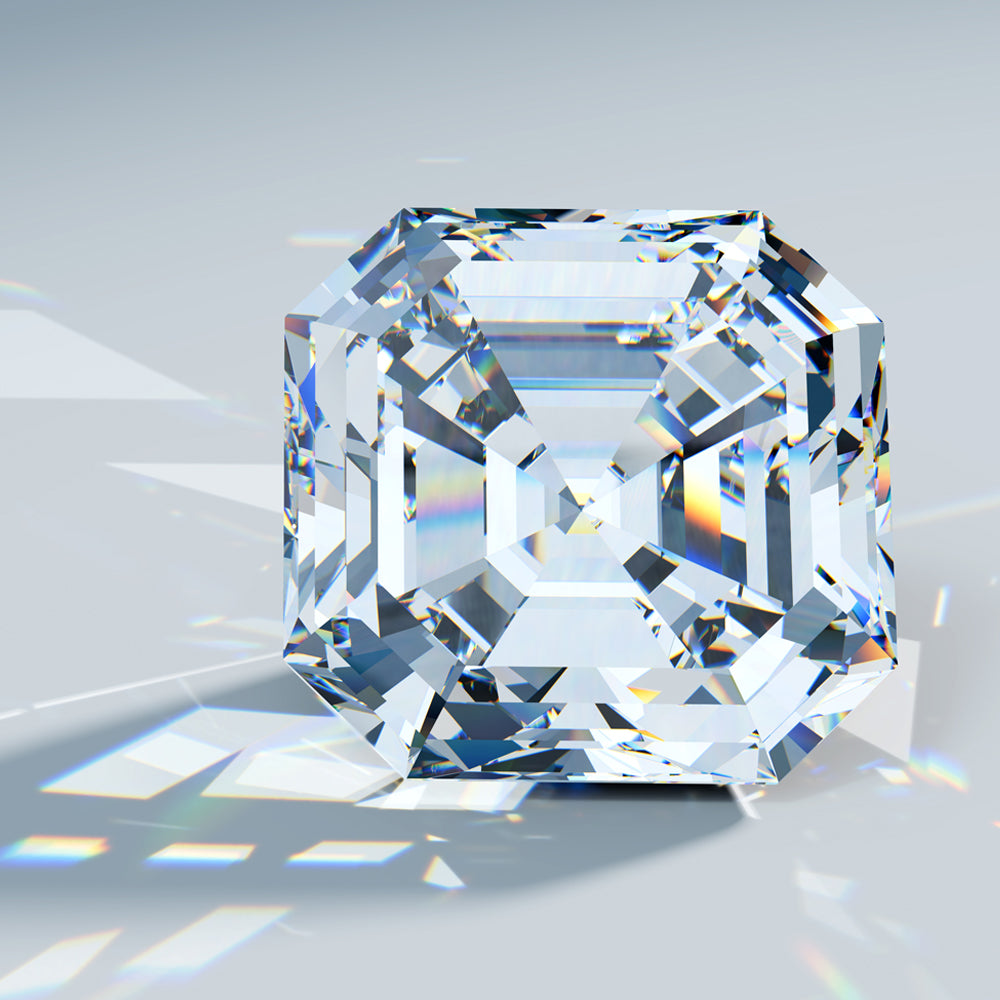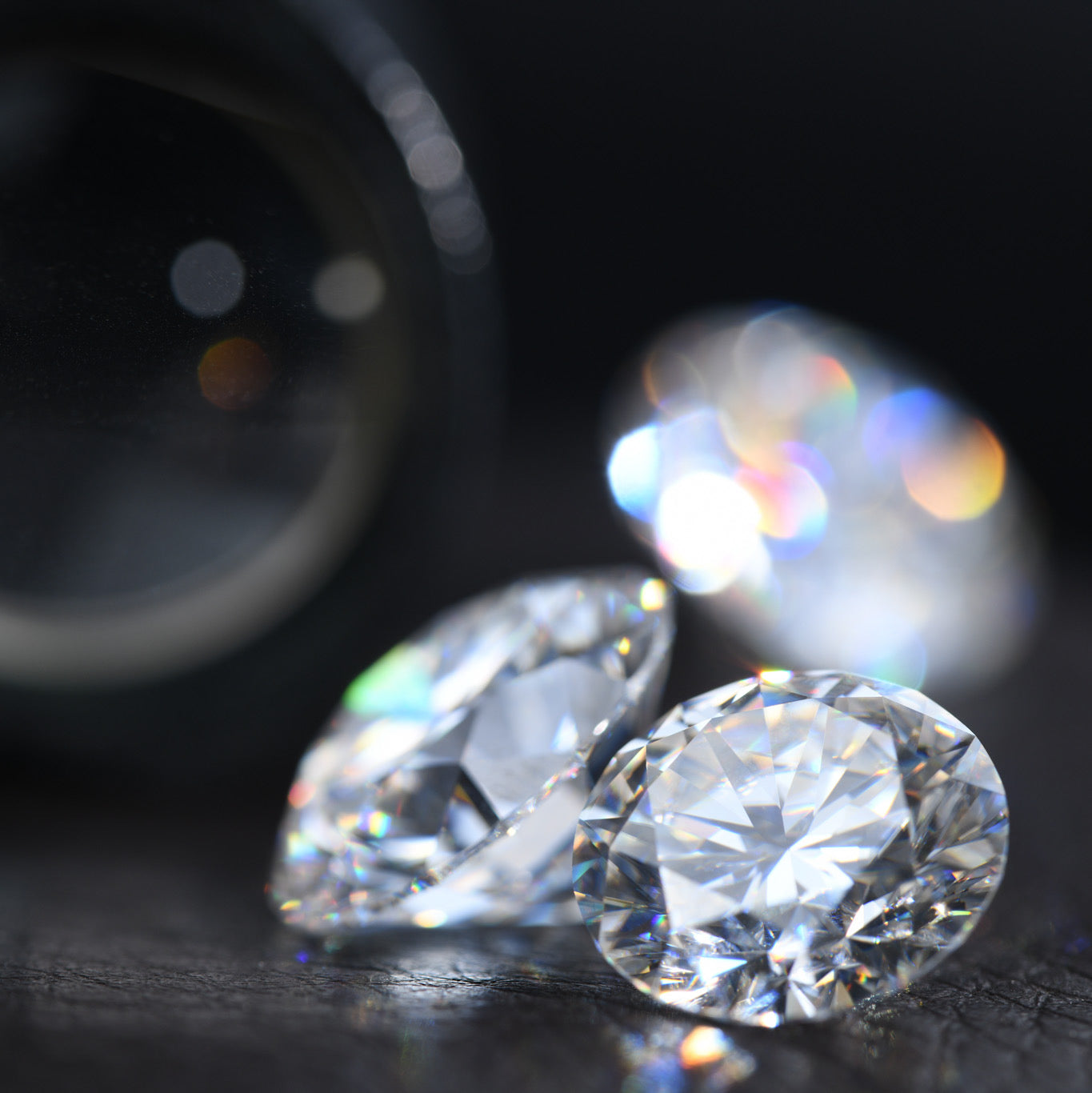Garden Variety
Emerald’s highly-coveted, lush green hue has inspired envy for thousands of years.

Did Cleopatra Really Have a Thing for Emeralds?
Emeralds are one of the oldest known mined gems. Their earliest known source was in Egypt in 3500 BC. While those mines were eventually exhausted and closed, they were famously the favourite gem of Cleopatra, who is said to have been obsessed with them as the ultimate status symbols of fertility and immortality.
Emeralds have also existed for thousands of years in South America, where they were pivotal to the culture of the indigenous people of the area. They were later found by the Spanish explorers when they landed in South America in the 16th century, who brought them back to the aristocracy of Europe, and also traded them to India. Of course, the Europeans already knew about Emeralds because of the Egyptians, but the Spanish discovery and the fineness of their quality definitely created a new craze for the stone. To this day, Colombian Emeralds are a part of some of the oldest pieces of jewellery on Earth, as well as in the collections of Crown Jewels from Royal families across Europe and Asia.
What Makes Emeralds So Unique?
Emeralds, along with Morganite and Aquamarine, are part of the Beryl species. However, unlike the other two varieties, they are extremely unique in how they are mostly formed in hydrothermal veins and mined very meticulously from hard rock. This gives them one of their most unique characteristics—their high level of inclusions, which can contain air, liquid, gas, or all three. Their included nature is sometimes referred to as jardin (French for garden) and is widely accepted by the trade. Due to their clarity not being as high as other gemstones, it makes the quality of their colour all the more important. For this reason, any slight change in their hue, tone and/or saturation can have extreme effects on their value. Emeralds that do have high clarity and few to little inclusions, along with ideal colour (green to bluish green with medium to medium dark tone) are extremely rare and very valuable.
To learn more about Emerald’s hardness and if they are safe to wear every day, watch our video.
Most gems are composed of some combination of Aluminum, Oxygen and Silicon, since they’re the most prevalent elements on Earth. Emerald is composed of these three elements, plus Beryllium. Beryllium is much, much rarer than the other three, which is why Emeralds are only found in a few places on Earth. Just like Ruby’s red, Emeralds also require trace amounts of Chromium to create their trademark green hue.
Where Do Emeralds Come From Now?
There are many mines in Colombia, but the two most famous are Muzo and Chivor. Muzo is famous for their pure green, brightly coloured and glowing Emeralds, which are often called “Alpine Green.” Chivor Emeralds are known for sometimes having more of a bluish tint, which some Emerald lovers prefer. Emeralds with a hint of blue are also generally considered to usually have higher transparency and more lustre and shine.
Other sources for Emeralds include Afghanistan and Pakistan. These sources are much rarer because of how difficult it is to mine in their extreme weather and hard-to-navigate mountain landscapes. They’ve also suffered a lot of political strife which also affects the supply. However, both places are known for having Emeralds which have excellent quality and colour, very similar to Colombia.
Emeralds are also mined in Brazil and Zambia. Brazilian Emeralds didn’t enter the market properly until the 1960s, because it was discovered that their colour was caused by trace Vanadium, rather than Chromium. In the beginning, some gemologists felt that only Beryls coloured by Chromium were truly “Emeralds,” but luckily that soon changed and now Brazil is a major source of this beautiful gem. Zambian Emeralds are also known for generally having a lovely bluish undertone and high transparency.
What are Emerald Treatments?
Since Emeralds are often included, they’re almost always treated. It’s estimated that about 90% of Emeralds are treated to help improve their clarity and even out their colour. While most other gemstones on the market are heated, Emeralds are treated quite uniquely with oil. The goal of the oil, which is usually a transparent cedar oil, is to fill the fractures so they have the same refractive index as the Emerald itself. This way, light is reflected back to your eye more evenly across the gem, making any inclusion much less visible.
Just like heat treatment, oil treatment is generally quite low maintenance. Of course, oil is not water-soluble, so you can definitely do something as simple as wash your hands if you’re wearing an Emerald ring. However, like most jewels, it’s important to remove your Emeralds if you’re going to be around any chemicals, even household cleaners or nail polish remover. You should also avoid ultra-sonic cleaners, which is a machine that professionals will use if they offer to clean your jewellery for you in their store. And, in general, be very cognizant of high-heat, sunlight and humid environments, which in extreme conditions, can draw the oil out of the stone. When you’re not wearing them, treat your Emeralds similarly to Pearls, and store them in a silk pouch (cotton can be too drying) in your jewellery box to keep them in pristine condition.
Why You Should Choose an Emerald
Emeralds celebrate May as a birthstone and are also representative of the Taurus zodiac and the planet Venus, which is said to be the ruler of love and beauty. They also represent the heart chakra, and are said to bring balance and harmony to your relationships. Truly, they are a lovely choice for anyone as their otherworldly glow and verdant colour especially are natural wonders of the Earth, and have been used to symbolize protection, truth, fertility and nature for thousands of years.




